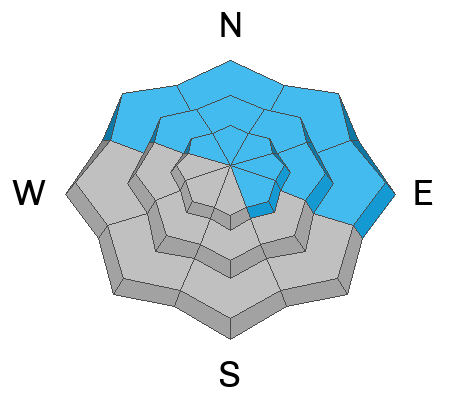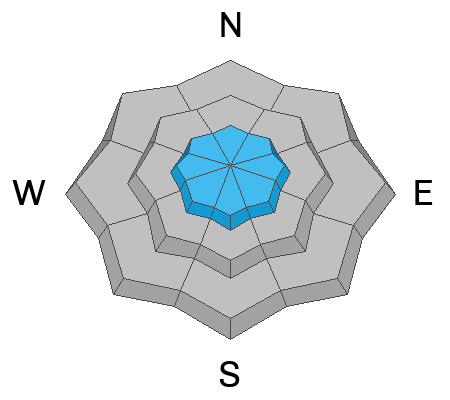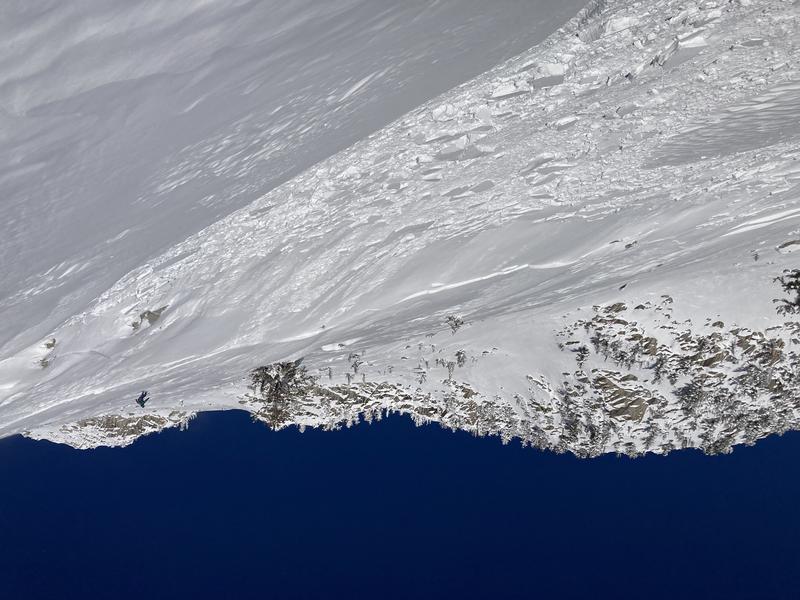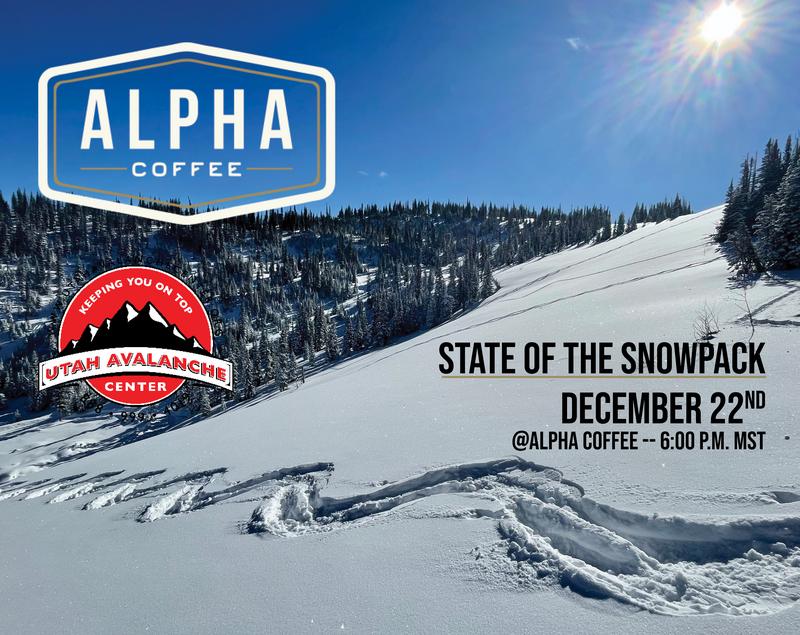Forecast for the Provo Area Mountains

Issued by Dave Kelly on
Monday morning, December 19, 2022
Monday morning, December 19, 2022
There is an overall MODERATE avalanche danger at all elevations northwest-north-northeast-east because of a persistent weak layer buried 1-4' deep. There is also a MODERATE danger on all aspects at upper elevations because increased winds have been drifting snow.
There is a LOW danger at low and mid elevation slopes facing west and southerly directions.
The likelihood of triggering an avalanche is going down, but the consequences remain HIGH. Step out thoughtfully and choose terrain that won't ruin your season if you're wrong.
Read about decision making making during MODERATE hazard HERE.
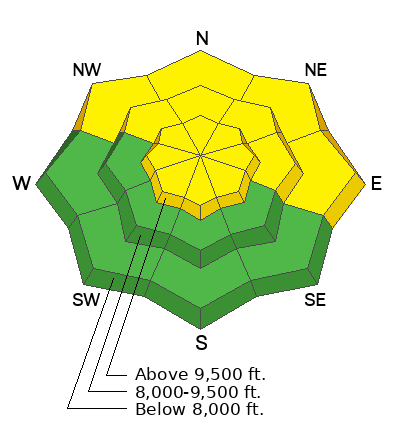
Low
Moderate
Considerable
High
Extreme
Learn how to read the forecast here


